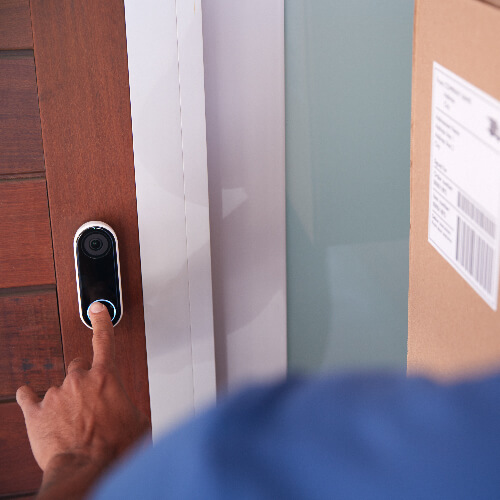Internet
Compare Providers
Security
TV
Internet
Select State
Working Hours
Monday - Saturday
9:00am to 10:00pm EST
9:00am to 10:00pm EST
Follow Us @
Our Toll Free Numbers
Main Number:
+1 (866) 850-3480
Home Service Specialists:
+1 (888) 233-3308
Security Specialists:
+1 (844) 440-7036
Copyright © 2025 HomeLinkd a product of Ignition Digital LLC. Delaware, USA. All rights reserved. Privacy Policy
Terms and conditions and restrictions apply. All content on this web site is proprietary. Pricing per month plus taxes for length of contract.
Additional fees and terms may apply. Pricing varies by location and availability. All prices subject to change at any time. May or may not be available based on service address. Speeds may vary.
Additional fees and terms may apply. Pricing varies by location and availability. All prices subject to change at any time. May or may not be available based on service address. Speeds may vary.





%2012222.png)
.png)

















